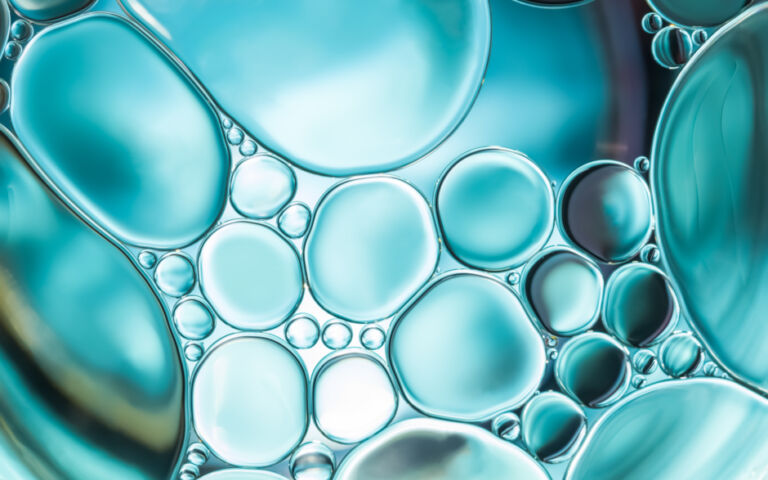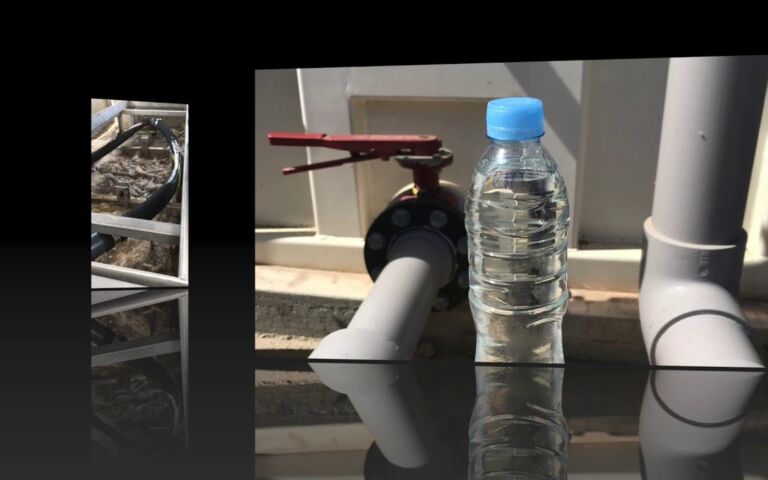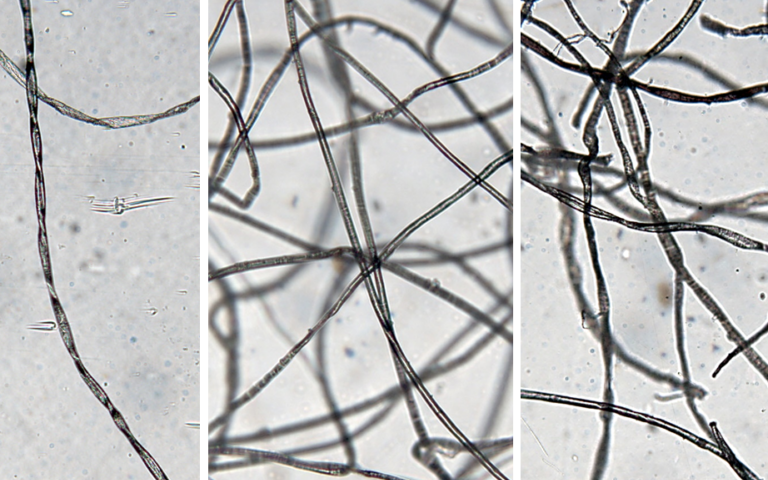Assessing the suitability of an MBR over other technologies

Deciding on an MBR
Selecting the right wastewater technology isn't straightforward. First, you need to decide whether an MBR system is more appropriate than other technologies. Then, if they are, you need to decide which of the three configurations − and which membrane product and technology supplier − are the best fit for your purposes.
And that's before you start looking at related items such as support packages and supplementary services (for example, ancillary products and project management) ...
Choosing a membrane bioreactor over other technologies
Two key advantages of MBR technology over the classical activated sludge process are:
- the higher water quality generated, the requirement for which is determined either by the discharge consent/permit or the end use, and
- its smaller footprint.
The key disadvantages are the operational process complexity and the cost.
There are two components to the cost:
- the capital (or investment) cost, CAPEX and
- the operational cost, OPEX.
Both of these are sensitive to the cost of the membrane. The OPEX is additionally sensitive to the membrane life, permeate flux and the membrane air scour rate (or, more specifically, the air scour energy).
The key thing to consider, therefore, when choosing an MBR over other technologies is the balance of the positive and negative elements of the MBR which impact on the cost and/or environmental footprint. In general, these elements include:
- the membrane cost per unit m2 membrane surface area
- the membrane life in years
- the net permeate flux (i.e. the product flow per unit area), taking account of the downtime and the use of the product water for cleaning the membrane (by backflushing − see MBR fouling, clogging and cleaning)
- the membrane specific aeration demand (SADm) in Nm3 per m2 membrane area per h, Nm3 referring to the air volume at a temperature of 20°C and 1 bar pressure (according to DIN 1945)
- the land costs per m2 land area
- the energy cost per kWh
- the value provided by the improved water quality
- the true cost of the alternative process treatment scheme based on the classical process.
The first six of these cost elements are normally readily quantifiable and can be adjusted according to the assumptions made about how the value of money itself changes with time. This is normally through calculating the present value of the cost, based on assumed cost trends in inflation and interest rates. However, the value offered by the improved water quality (7) is not readily converted to cost, though it can be translated to the quantitative environmental footprint through life cycle analysis.
Evaluating the process treatment scheme for the classical process
Possibly the most challenging part of the assessment is the evaluation of the process treatment scheme for the classical process (8).
To obtain a comparable water quality to that of the MBR, the classical activated sludge process (CAS) may need all or some of the following:
- increased tank sizes (and therefore land area) for extended residence times to achieve the target nutrient concentration in the treated water
- increased chemical dosing to achieve the target phosphorus (P) concentration in the treated water
- post-treatment with either a multi-media filter or ultrafiltration/microfiltration (UF/MF) to achieve a comparable treated water quality to the MBR with reference to suspended solids and micro-organism concentration.
In some cases, and in particular for retrofits, the choice of an MBR is determined by the available area at the existing site. It is often the only means of improving the treated water quality and/or increasing the flow capacity without incurring a larger footprint.
In other cases, the compactness of the technology may lend itself to reducing its visual impact, by housing it in either a bespoke building in keeping with the setting or completely underground (such as the plant at Swanage).
For new-build projects (i.e. greenfield sites), the selection of an MBR is not usually straight-forward. The modification of classical technologies, such as the addition of media to the CAS tank to produce the Integrated Fixed-film Activated Sludge (IFAS) process, have resulted in improved performance and/or process efficiencies. However, the MBR remains unchallenged as the technology capable of producing the highest water quality for the smallest footprint, albeit at a higher energy demand than most of the alternatives.







